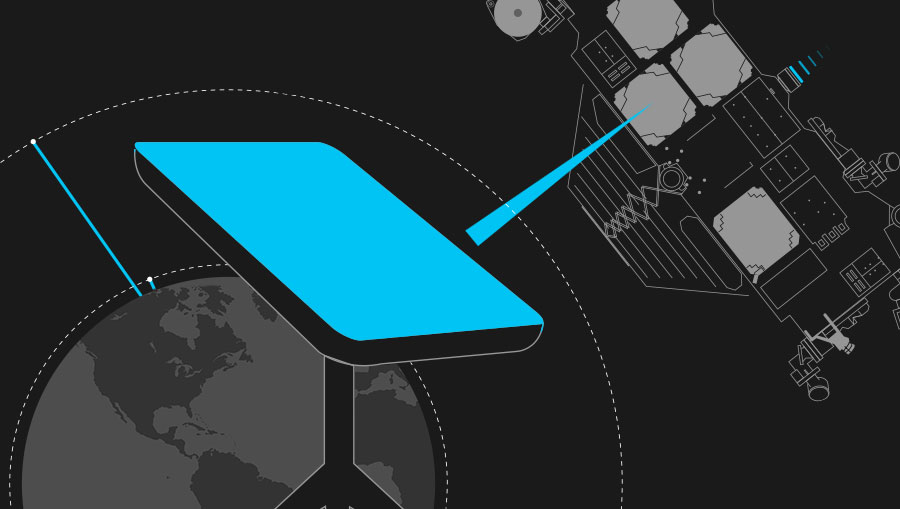The Telecom Regulatory Authority of India (SIT), attached to the Ministry of Communications, Infrastructure and Housing (CIV), on Friday, May 19, issued a resolution allowing Starlink, owned by billionaire Elon Musk, to provide satellite internet services.
According to superintendent Marco Antonio Baton, the company was registered in the name Starlink Internet Services Guatemala It received the Satellite Facilities Director’s License, which allows it to direct signals from its satellites in space toward Guatemalan territory, and it also received the Satellite Facilities User License that receives satellite signals in Guatemalan territory.
“This is done with purpose-built equipment, which is how the various satellite services currently available in Guatemala are received, where they put an antenna above houses,” Payton explained.
Very efficient connection
According to Payton, there are currently many different types of connectivity, including wired (coaxial cable, fiber optic, among others) and wireless (mobile phone, including Internet and data service).
“Both formats are subject to the infrastructure of existing Internet providers, as well as geography, which is a great challenge for all countries, because it does not have coverage that is not economically feasible, however, to install a cable or antenna. Starlink creates a third form of connection, which is traditional connection methods directly from a satellite. A link to where there is no coverage,” he explained.
How Starlink connectivity works
The official added that this new internet connection technology will reduce the lack of coverage, reduce the digital divide and give people the opportunity to have providers that provide internet access regardless of their location in the Guatemalan territory.
Starlink operates a network of low altitude satellites identified by the International Telecommunication Union (ITU) as STEAM-1. These satellites are visible to the naked eye and usually travel in groups of about 50, moving in a straight line at a constant speed.
This suite of devices makes Starlink the largest group of satellites in existence, and SpaceX’s goal is to put at least 30,000 units into orbit.


:quality(85)/cloudfront-us-east-1.images.arcpublishing.com/infobae/BH6NLAQGXJGADFWTENBUV7Z7RQ.jpg)
:quality(85)/cloudfront-us-east-1.images.arcpublishing.com/infobae/3GK63ATFOMFAYNUAQKUL4WUJFM.jpg)

:quality(85)/cloudfront-us-east-1.images.arcpublishing.com/infobae/SJ35ZLSJ5NB4BWVRJPSK74P7AQ.jpg)